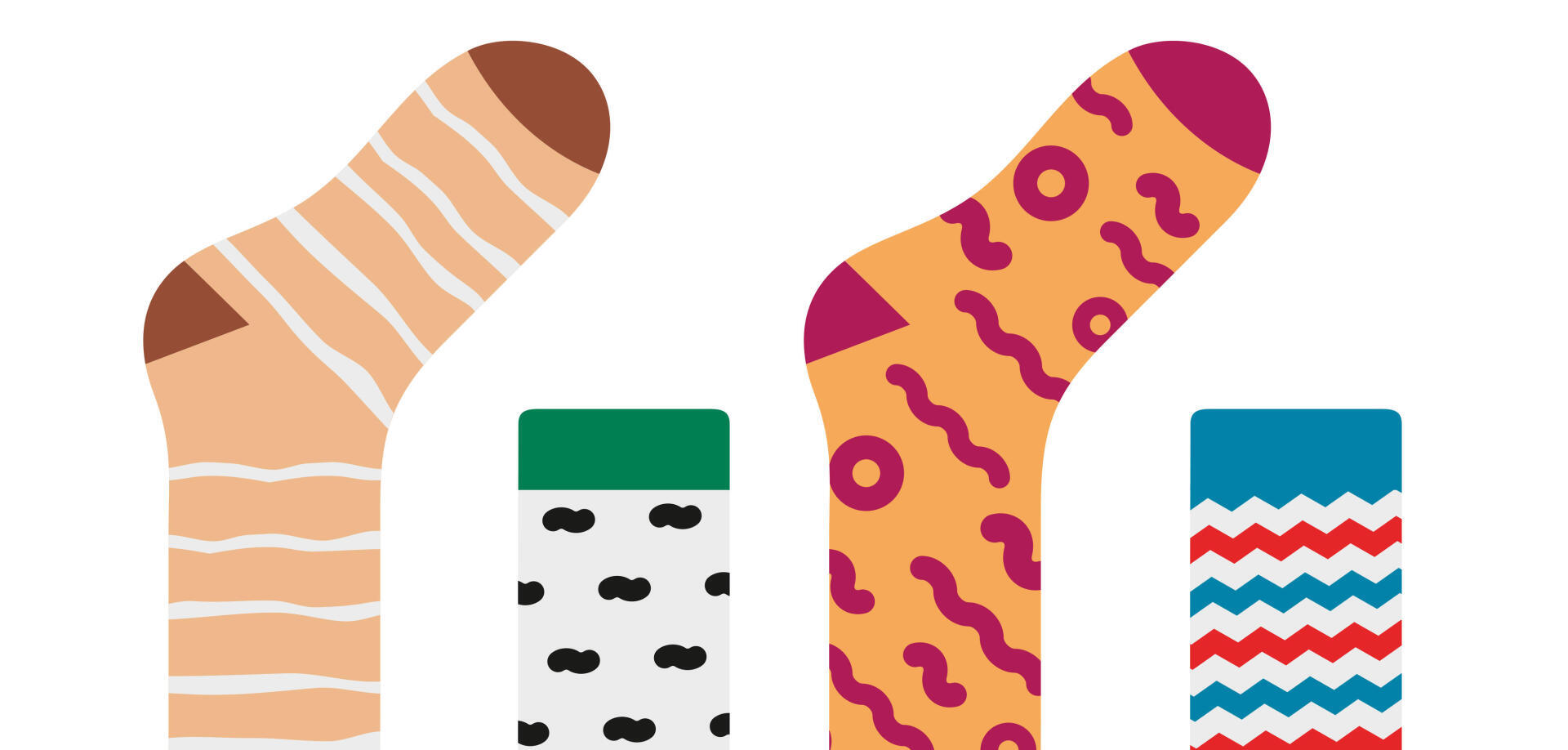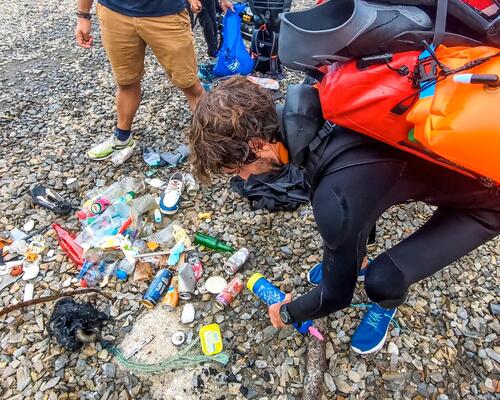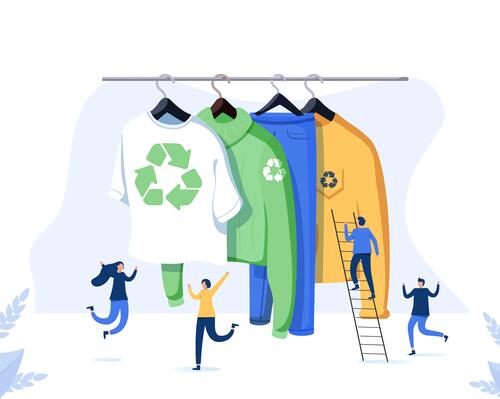The method for evaluating the lifespan of a "sustainably developed" product
The first step is to analyse an end of life product, observe its eventual defects and reference them according to their type. It's all about making a diagnosis.
At this time, design teams will define the problems raised by users to create a list of defects and their importance. A product that wears out or breaks too quickly will alert design and quality teams about a production issue to correct it. Once this type of defect has been managed, we carefully analyse wearout and accidental defects by asking the following questions: how is the product used? What are the causes of a product's end of life? Take a T-shirt as an example, will a hole be the cause of its eventual end? Or will it be a fading colour? Or fraying material?
Reproducing wear with tests
The second step involves developing fatigue, abrasion, corrosion and ageing tests so that we can artificially age products and evaluate their durability in the lab. With textile products for example, different knits are tested to age their fibres and evaluate their resistance to wear.
Alongside lab tests, wear tests are also conducted. Testers play their sport with the product and complete a follow-up questionnaire that helps us evaluate the different factors that contribute to wear and accidental defect.
Designers also strive to find a scientific link between, on the one hand, the diagnosis and field tests and, on the other hand, the lab tests
Define a product's lifespan
The final step of the evaluation method is interpreting all the data from the diagnosis and the various tests conducted on the product. As a result, certain product families, like fishing reels, stand up paddle boards and kayaks, will have a lifespan quantification, or the minimum number of uses guaranteed by a product.
"What we want to stress," Lucile adds, "is that we are working tirelessly to improve the durability of our products." The important thing is to use the products as long as possible, to see that they last and highlight all the scientific work that made it possible. This makes us more comfortable with what we communicate to our customers and users. »







